
In 1916, while in the Crimea, Robert Falk wrote one of his famous paintings – “Self-Portrait against the Window”. Rather mature work of the period of membership in the “Jack of Diamonds”, personified the turn of the artist’s creativity towards P. Cezanne’s artistic pursuits and the gradual abandonment of decorative cubism.
In the room, with his back to the window, stands a tall man in a gray shirt. His whole figure expresses tension and ultimate concentration: the face is focused, the bottomless black eyes are looking over the spectators, the right hand, clenched into a fist, is pressed to the body, the left is slightly bent, the fingers are closed. The face and figure are distorted, but the resemblance to Falk is easy to guess, although for the artist it did not matter much. In his portrait works, he did not seek to convey the external similarity, much more he was interested in the psychological component and meaning hidden in the picture, whether it was portrait, landscape or even still life. By the way, the artist never used the term “self-portrait” in relation to this canvas, exposing it as “A Man by the Window”, just “Portrait” or “Portrait in the Window Background”.
On the right hand of the man is a table covered with a blue tablecloth. On the table is a brown jug and a vase with a few green and one red fruit. In the landscape outside the window the outlines of cypresses are guessed. An aged cloudy color with a predominance of gray and blue shades serves as a support for the outgoing concentration of the canvas. Such a restrained palette tries to hide the emotions boiling in the soul, which still find a way out, pouring out onto the picture with two bright drops-the red lips of a man and a red fruit in a vase.
Strengthens the contradiction between apparent congestion and colossal internal tension, deliberate deformation of the figure and face in the spirit of the principles of constructivism. Distortion of the form Falk used to convey emotional exacerbation and increasing semantic drama.
The vertical orientation of the picture, the elongated central figure and background objects serve as a kind of exclamation that attracts attention and requires a stop for a thorough study of the canvas.
 Red furniture by Robert Falk
Red furniture by Robert Falk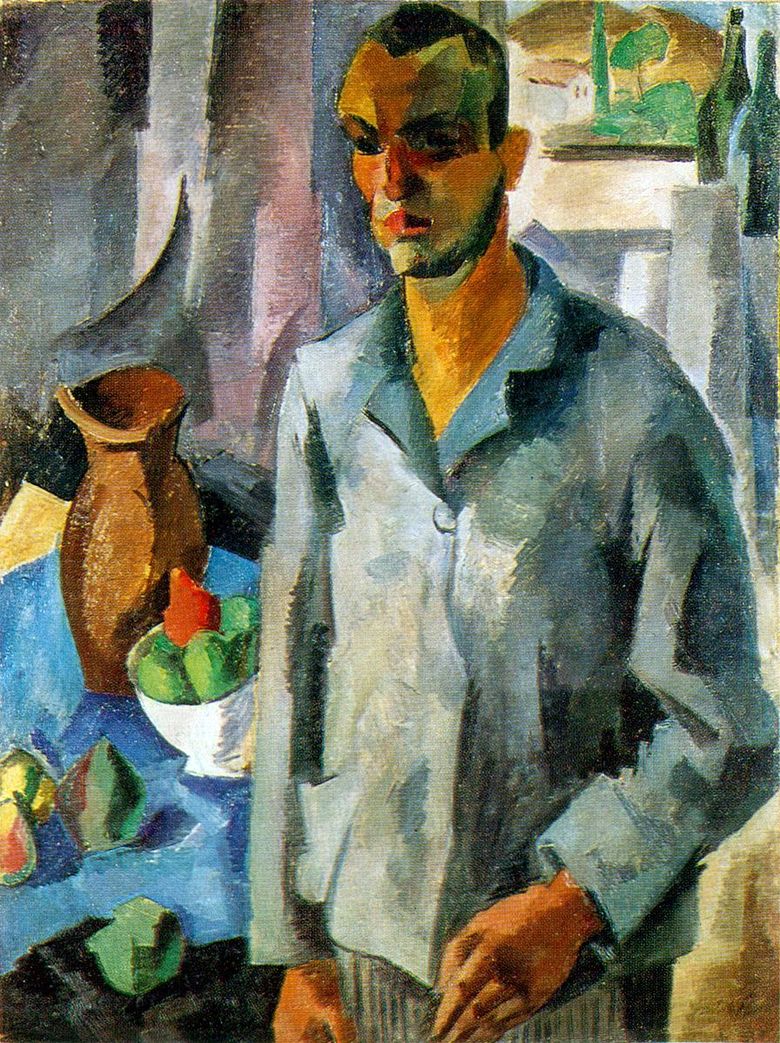 Autoportrait au fond de la fenêtre – Robert Falk
Autoportrait au fond de la fenêtre – Robert Falk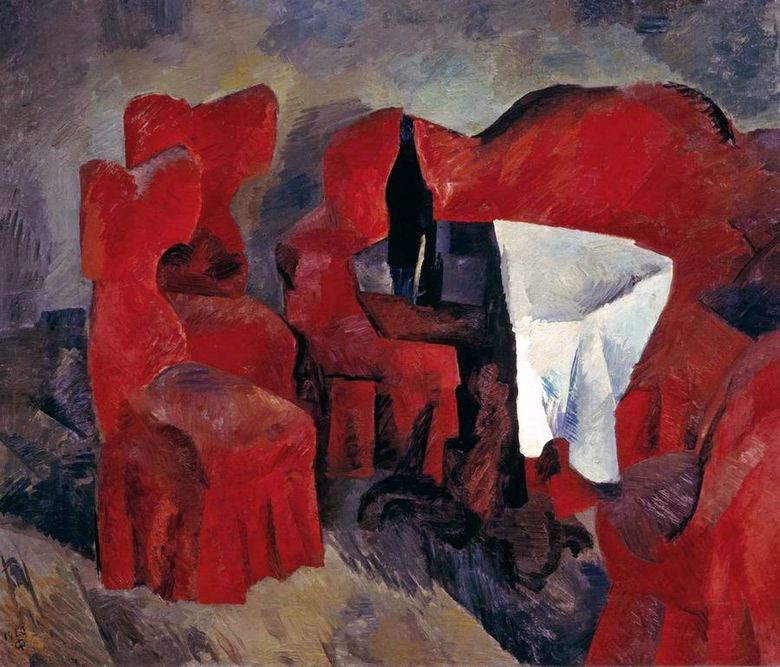 Meubles rouges – Robert Falk
Meubles rouges – Robert Falk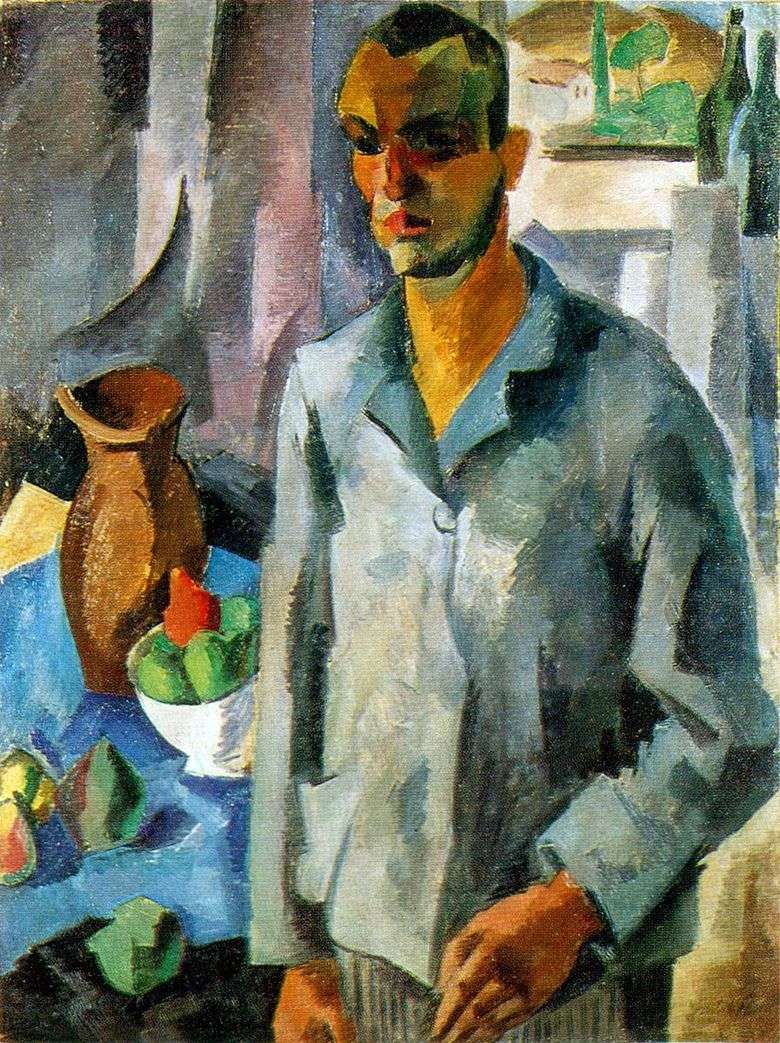 Autorretrato en el fondo de la ventana – Robert Falk
Autorretrato en el fondo de la ventana – Robert Falk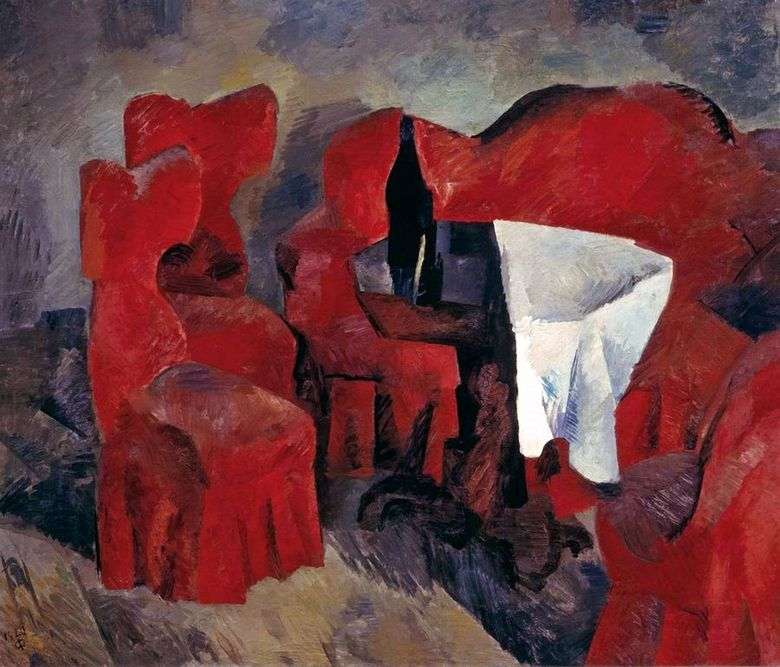 Muebles rojos – Robert Falk
Muebles rojos – Robert Falk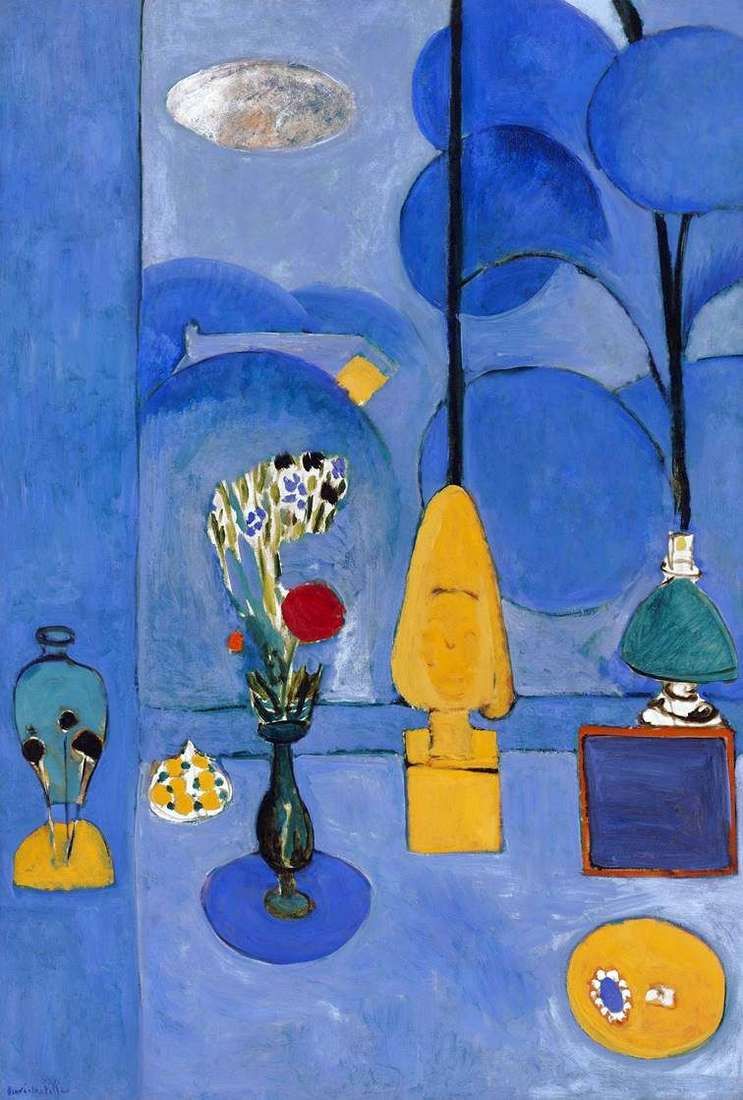 Blue Window by Henri Matisse
Blue Window by Henri Matisse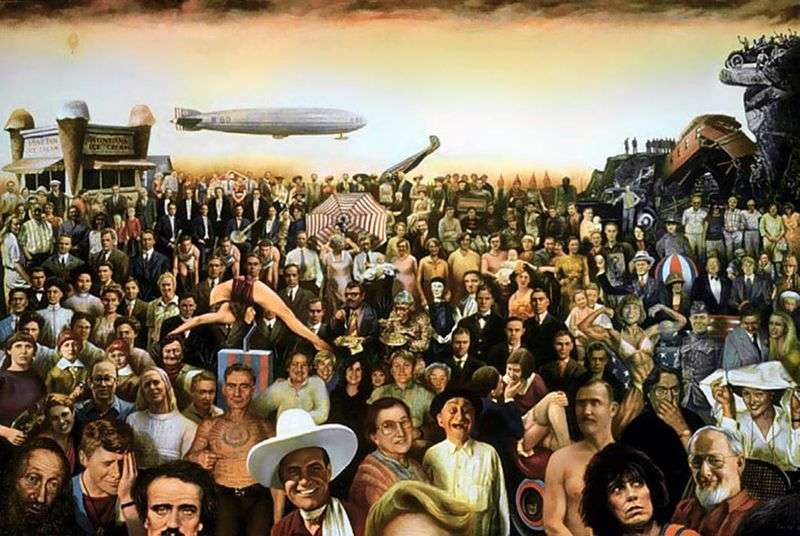 Self-portrait in the background of the landscape by Guy Johnson
Self-portrait in the background of the landscape by Guy Johnson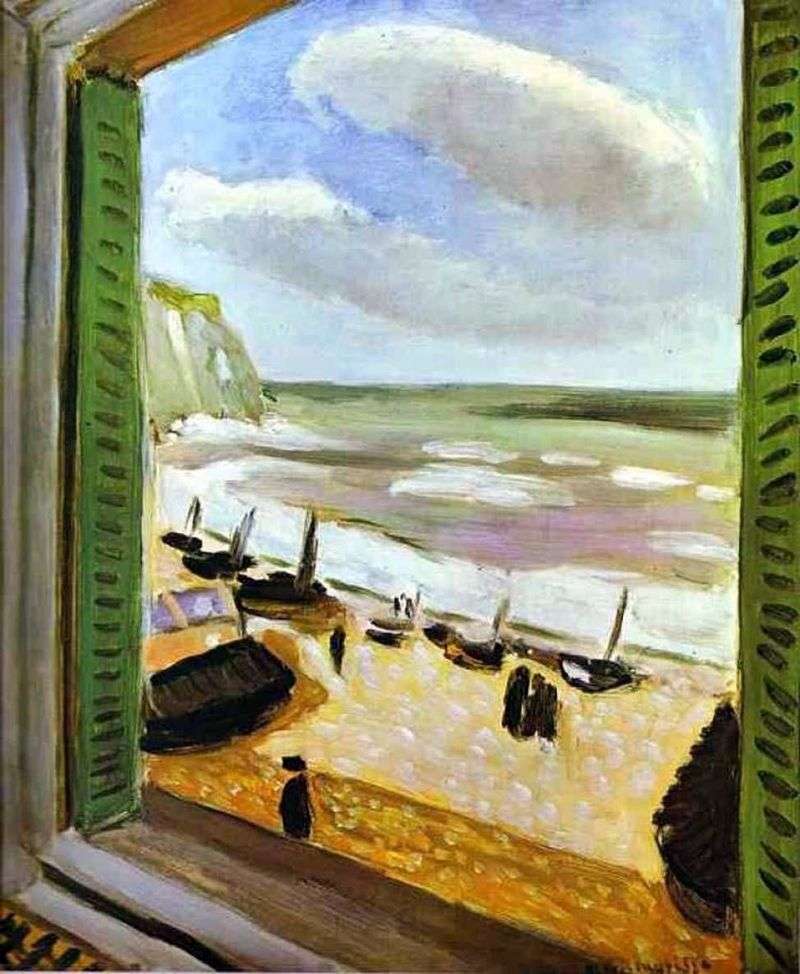 Open window in Collioure by Henri Matisse
Open window in Collioure by Henri Matisse